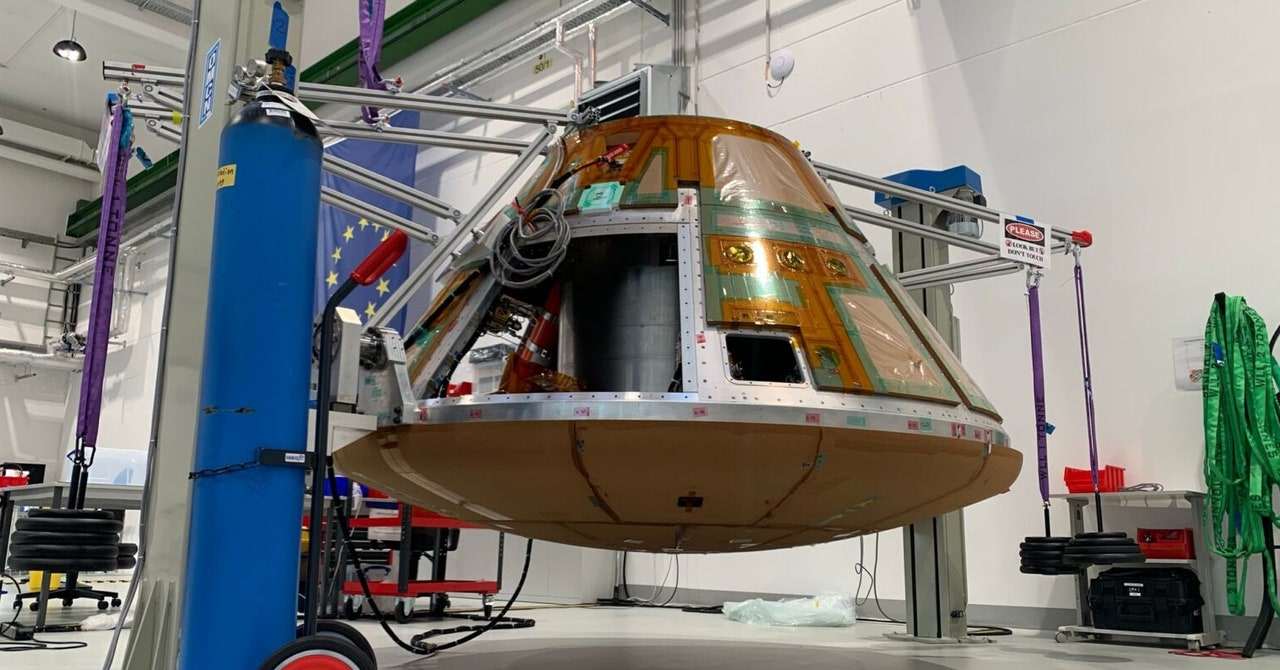This weeks has a new moon in the middle, meaning views of a crescent moon either side.
getty
Each Monday, I pick out North America’s celestial highlights for the week ahead (which also apply to mid-northern latitudes in the Northern Hemisphere). Check my main feed for more in-depth articles on stargazing, astronomy, eclipses and more.
The Night Sky This Week: Nov. 17-23, 2025
This week begins with some “shooting stars” and beautiful pre-dawn sights as the crescent moon slips past bright stars and Venus. After an unusually small new moon, the week closes with Saturn and a newborn crescent moon at dusk. Here’s everything you need to know about stargazing and astronomy this week.
Monday, Nov. 17: Crescent Moon And Spica
Stellarium
Sunday, Nov 16-Monday, Nov. 17: Leonid Meteor Shower, Crescent Moon And Spica
The Leonids are famous for occasional meteor storms, though none are predicted in 2025. Still, their meteors are the fastest of any annual shower, streaking in at 160,000 mph (257,000 km/h). Peak viewing will be after midnight, when observers should expect 10-20 meteors per hour, with a few spectacular fireballs possible.
About two hours before sunrise, a 7%-lit waning crescent moon will glow low in the southeast just beneath Spica, the brightest star in the faint constellation Virgo. Look farther down and left for Venus shining brilliantly near the horizon.
Tuesday, Nov. 18: Crescent Moon And Venus
Stellarium
Tuesday, Nov. 18: Crescent Moon And Venus
Just before sunrise, the ultra-slim 3%-lit crescent moon will shine beside a bright Venus. It will be a beautiful, but fleeting sight, with Venus now fast slipping from view in the morning sky. Look east about 45 minutes before sunrise.
Thursday, Nov. 20: New Moon
At 1:47 a.m. EST, the moon reaches its new phase near apogee, its farthest point from Earth on its slightly elliptical orbit. You’ll hear it being called the “micro moon,” but there’s nothing to see because a new moon is always roughly between Earth and the sun, so lost in our star’s glare.
With no moonlight tonight, the night sky is dark enough for spotting faint objects and constellations.
Sunday, Nov. 23: Crescent Moon And Saturn
Stellarium
Sunday, Nov. 23: Crescent Moon And Saturn
At dusk, a delicate 10%-lit waxing crescent moon will hover low in the southwest. High above it will be Saturn, its rings this year tilted edge-on as seen from Earth. You’ll need a clear view of the horizon to spot the moon before it sets.
The times and dates given apply to mid-northern latitudes. For the most accurate location-specific information, consult online planetariums like Stellarium.
Wishing you clear skies and wide eyes.








